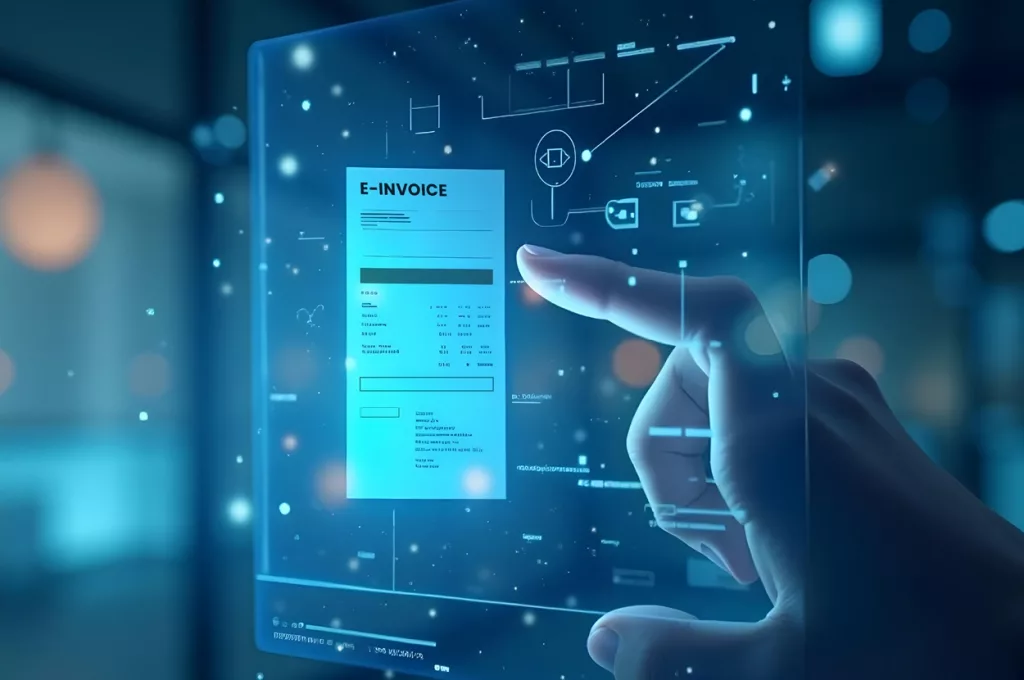Why vendor compliances have gained importance over the period?
Historically, during the erstwhile regime, the Input Tax Credit (ITC) of any assessee was never dependent on or connected with the vendor’s payment of tax. Although no legislative provisions enacting such a restriction, there were practical instances when assessing officers approached the recipients when the supplier was absconding to reverse their ITC. However, such actions were challenged and were quashed by the courts.
With the advent of GST, a massive change in ITC provisions was carried out. The availability of ITC was made dependent on the vendor’s compliances – i.e. filing of return and payment of taxes. This condition was embedded in Section 16 of the CGST Act, 2017.
Since then, multiple amendments have been made to Section 16 and related rules to instate this restriction in the ITC provision. Rule 36(4) is an example of the same which allows taxpayers to avail 105% of ITC basis the credit reflected in their GSTR 2A (a statement that reflects ITC basis the GSTR 1 filed by the supplier).
Amendments made vide Union Budget 2021
The Union Budget 2021, inserted a sub-clause (aa) u/s 16(2) of the CGST Act, 2017. As per the said clause, a recipient would only be eligible to avail ITC in respect of an invoice when the supplier furnishes invoice details in Form GSTR-1 and communicates this to the recipient. Therefore, this new sub-clause has inserted two parallel conditions for a recipient to avail ITC i.e. furnishing of invoice details in GSTR 1 and communicating the same to the recipient. Although this provision has not been notified as yet, it has received the presidential assent.
How Vendor digitization can help?
Availing appropriate ITC is important in multifarious ways. Not only is there a financial impact to consider, but there are also compliance issues involved. No legitimate business would like to stand on the wrong side of the law. Any mistake or omission could cause penal costs and reputational costs as well. Moreover, the drive against fake ITC being undertaken by the GST department is in full swing and few are being spared.
During such times, a business may feel helpless as there is only so much that one can do when it comes to vendor compliances. Although, when GST was rolled out, a lot of business houses amended their vendor contracts to insert indemnity clauses which mentioned that any default on the part of vendors which results in a liability on the business would be borne by the vendor. However, businesses are still struggling as far as vendor compliances and ITC availability is concerned.
It is this worry and fear of being non-compliant which can be resolved with the help of technology adoption, not only at the level of the business itself but also at the vendor level.
Most businesses have a procurement pattern wherein a chunk of its purchases is made from a limited number of vendors. For eg. XYZ ltd. procures 80% of its material in value from merely 5% of the vendors. This means that XYZ Ltd. can safeguard 80% of its ITC by merely ensuring that the specified 5% of its vendors are filing returns and paying taxes on time.
The technology companies are seeing a trend wherein the business houses are not only implementing technology products within their organizations but are also having them implemented at vendor’s organization. These technology solutions also offer integration of specific modules between the vendor and the company which enables the company to review if the vendor is compliant or not. This is specifically being done in large conglomerates where the vendor is exclusively supplying to that conglomerate only. While such conglomerates are investing in technology implementation within their vendor ecosystems, the relatively medium and smaller organizations have made it a condition of entering into supply contracts i.e. only if vendors use a specified level of technology which can provide comfort to businesses that their ITC is not under jeopardy, will they be undertaking business with such vendors.
There are multiple advantages of vendor digitization; key ones are given below:
- An integrated technology solution would help in better vendor management.
- Mitigate the risk of reversal of ITC and penal consequences by tracking vendor compliances on a real-time basis.
Conclusion and Way forward
From a scale perspective, the concept of vendor digitization is still at a nascent stage. Also, the phenomenon may seem expensive at first, but a cost-benefit analysis of the same may reveal a different story. The ITC that the organizations will end up saving, coupled with avoiding the hassle of vendor follow-ups would recoup the cost incurred by organizations.
GST has been a driver of technology adoption for the last three years. Before 2017, even though certain compliances were being done digitally, nobody could imagine that the country would be relying on technology so heavily for regular compliances. Thus, GST has undeniably pushed the taxpayers into the digital space whether they like it or not. While taxpayers may have gotten used to compliances being done online, the next step is to derive synergies in processes with the help of technology. Vendor digitization is one such process; which shall soon erupt as the next big thing. The organizations not embracing digitization may not lose out on anything; however, the question here is not what you don’t lose, it’s what you gain. The times ahead are exhilarating, technology is not only reaching the taxpayers, but it has also paved its way to the revenue authorities and their functions. Therefore, the businesses who wish to remain ahead of the authorities as far as the compliances and assessments are concerned would have to embrace technology with open arms!










